GPCR/G protein

All GPCRs share a common seven trans-membrane structure. GPCRs are associated with heterotrimeric G-proteins which are GTP-binding proteins made of alpha, beta, and gamma subunits. When a ligand binds to GPCR, it activates the attached G-protein, the GDP is replaced with GTP. The activated G-protein then dissociates into an alpha and a beta-gamma complex which activates downstream signaling pathways. These intracellular signaling pathways include cAMP/PKA, calcium/NFAT, phospholipase C, protein tyrosine kinases, MAP kinases, PI-3-kinase, nitric oxide/cGMP, Rho, and JAK/STAT.
GPCRs are one of the most important therapeutic targets for various diseases, over 30% of all modern medicinal drugs target this family. Aberrant GPCR functions are involved in pathological conditions such as neurological, immunological and hormonal disorders. A large number of GPCRs have been identified, but whose ligands are not known, are classified as orphan receptors.
-
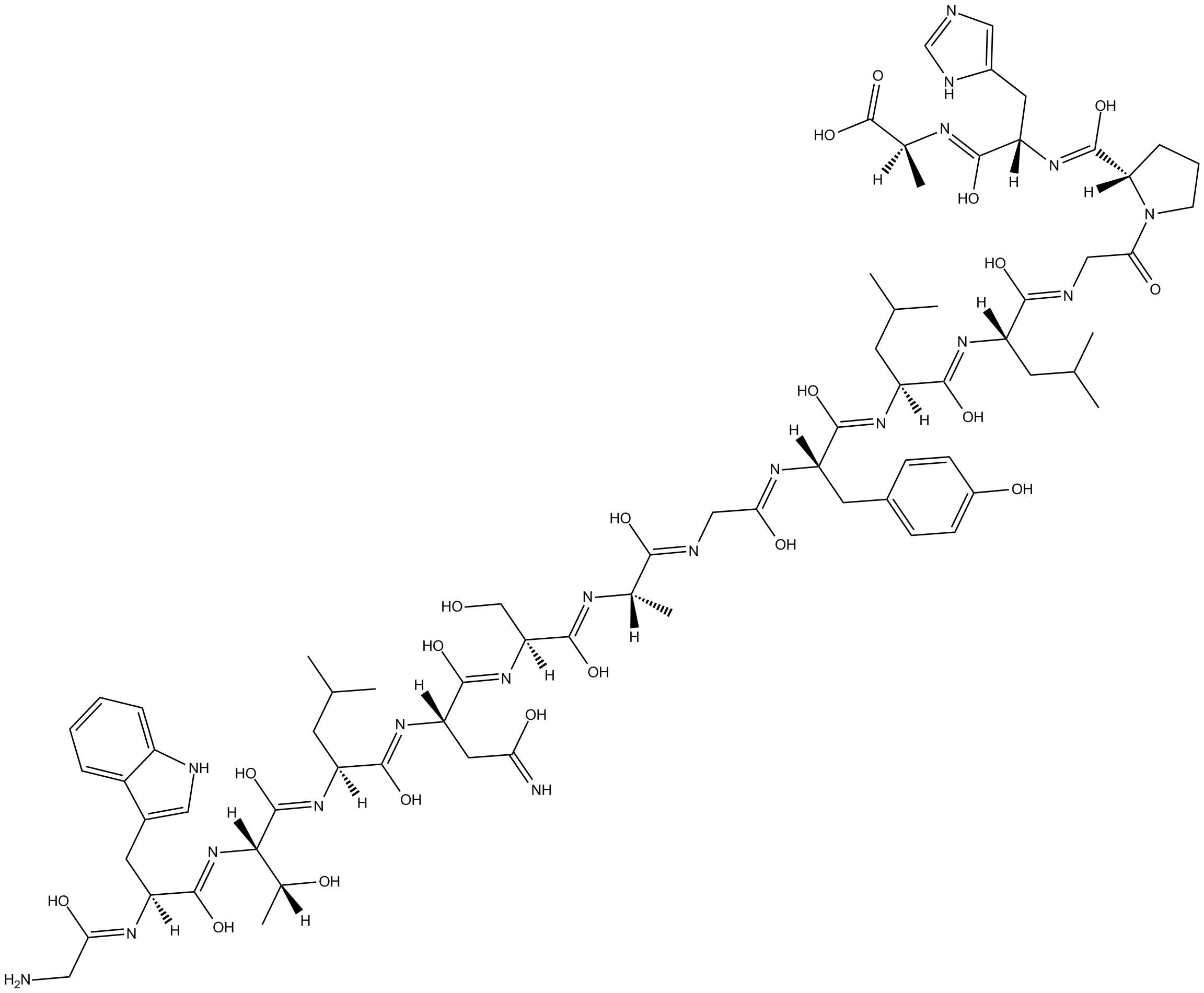 B5115 Galanin (1-15) (porcine, rat)Summary: N-terminal galanin fragment used to mediate central cardiovascular effects
B5115 Galanin (1-15) (porcine, rat)Summary: N-terminal galanin fragment used to mediate central cardiovascular effects -
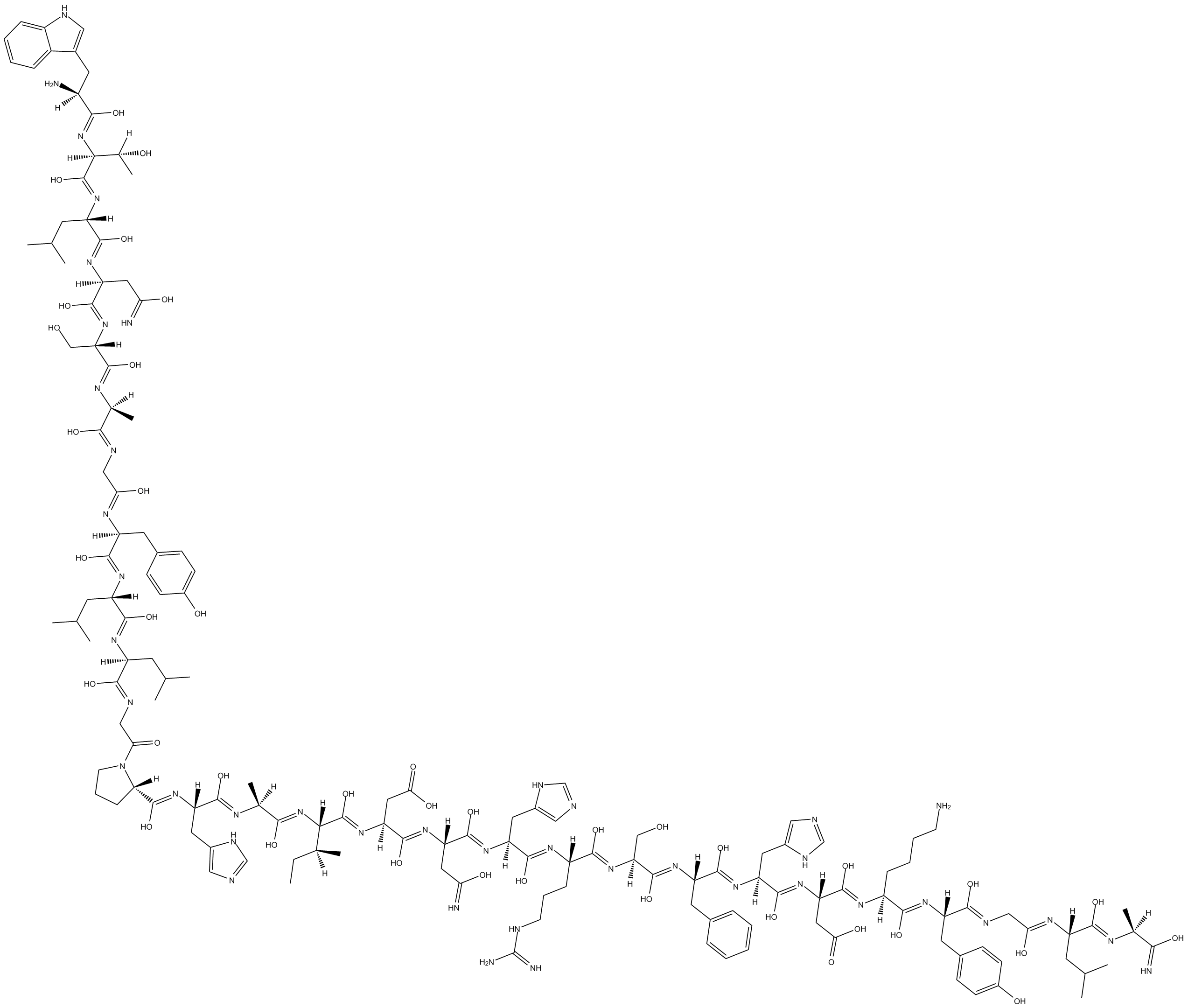 B5116 Galanin (2-29) (rat)Summary: Peptide agonist for galanin receptors
B5116 Galanin (2-29) (rat)Summary: Peptide agonist for galanin receptors -
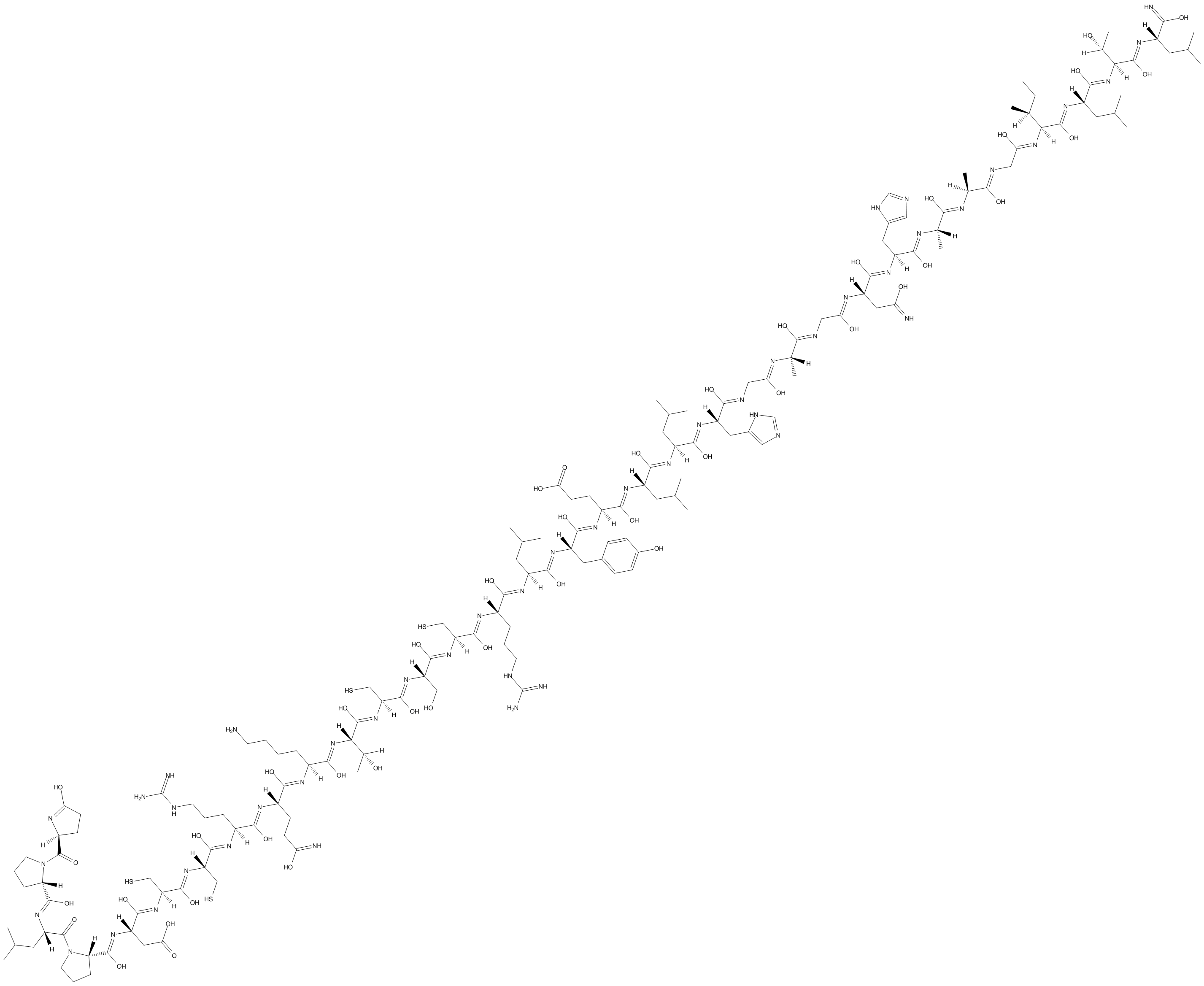 B5117 Orexin A (human, rat, mouse)Summary: Endogenous agonist at orexin receptors
B5117 Orexin A (human, rat, mouse)Summary: Endogenous agonist at orexin receptors -
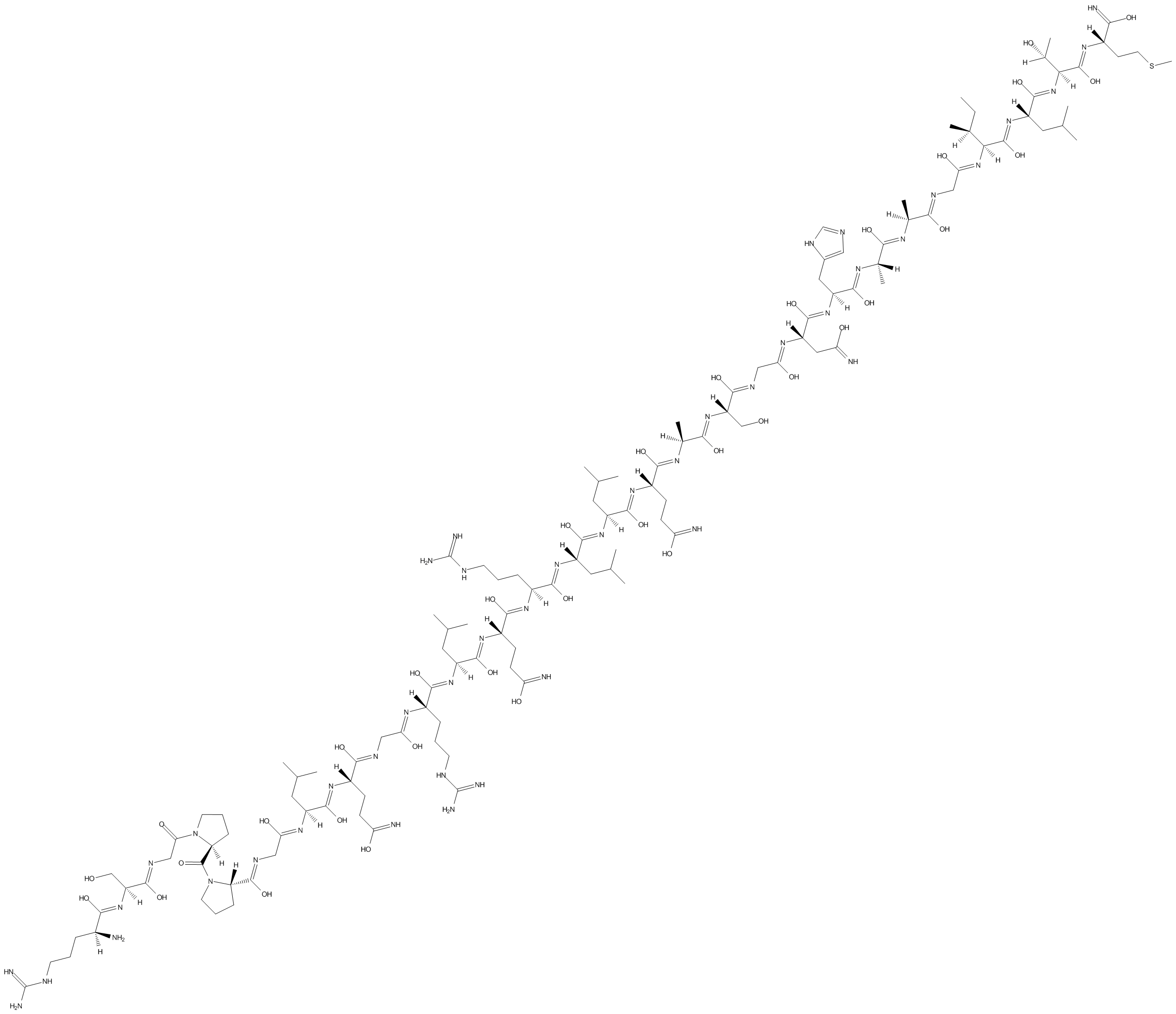 B5118 Orexin B (human)Summary: Endogenous agonist at orexin receptors
B5118 Orexin B (human)Summary: Endogenous agonist at orexin receptors -
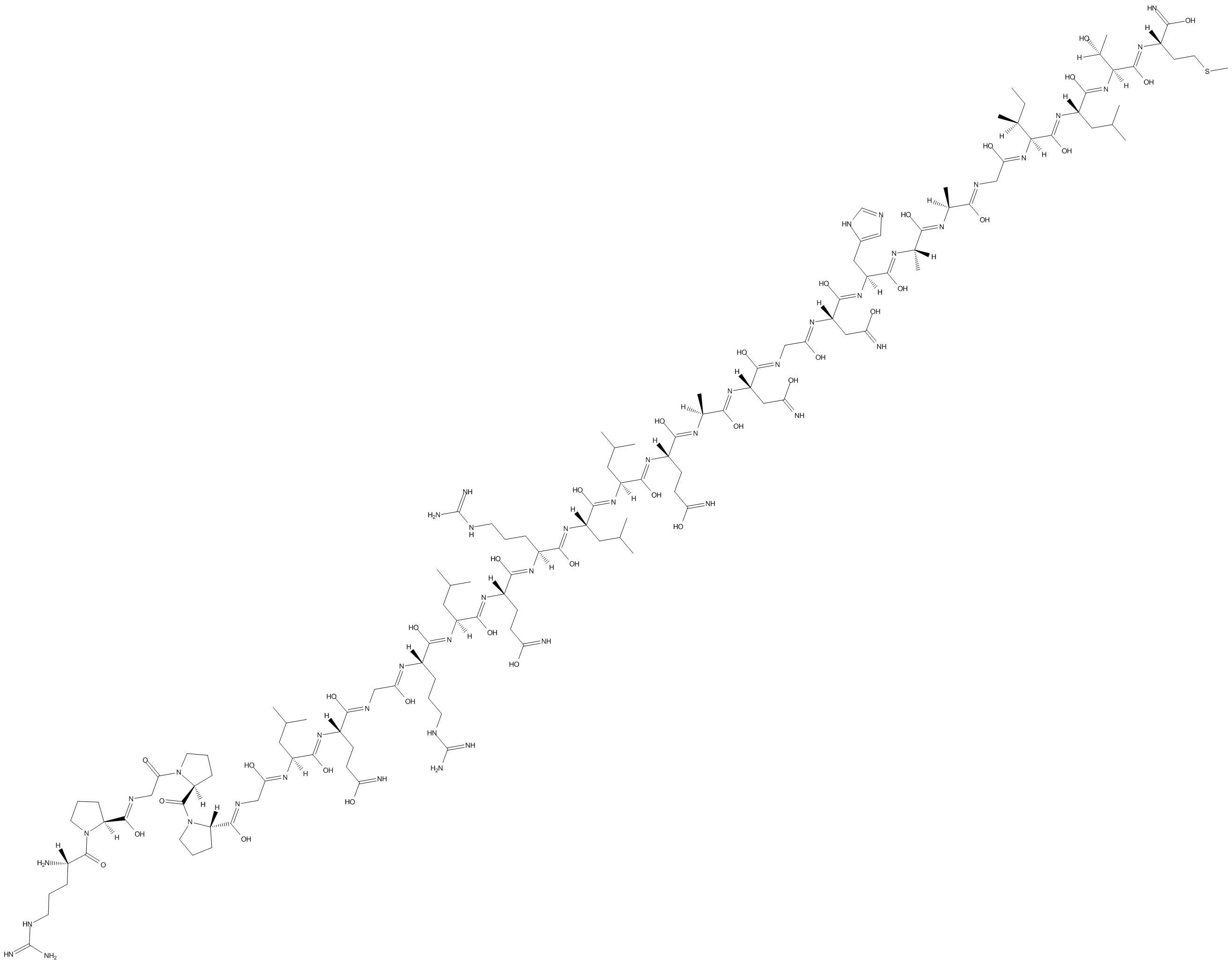 B5119 Orexin B (mouse)Summary: Endogenous agonist at orexin receptors
B5119 Orexin B (mouse)Summary: Endogenous agonist at orexin receptors -
 B5120 Ghrelin (rat)Summary: Endogenous agonist peptide for the ghrelin receptor (GHS-R1a)
B5120 Ghrelin (rat)Summary: Endogenous agonist peptide for the ghrelin receptor (GHS-R1a) -
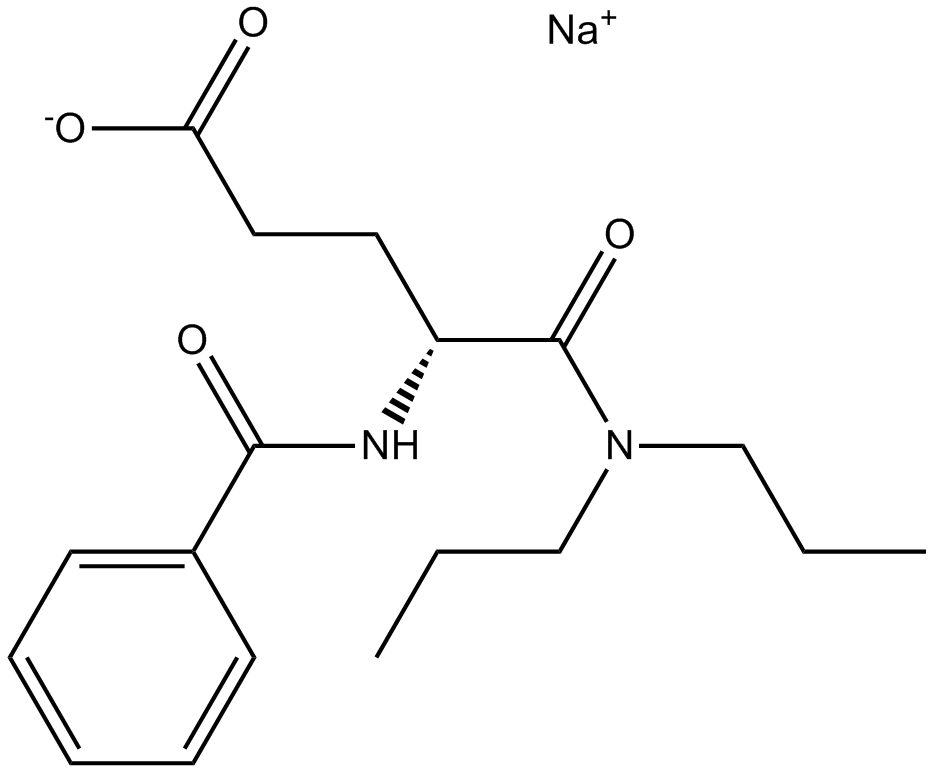 B5121 Proglumide sodium saltSummary: Non-selective cholecystokinin (CCK) antagonist
B5121 Proglumide sodium saltSummary: Non-selective cholecystokinin (CCK) antagonist -
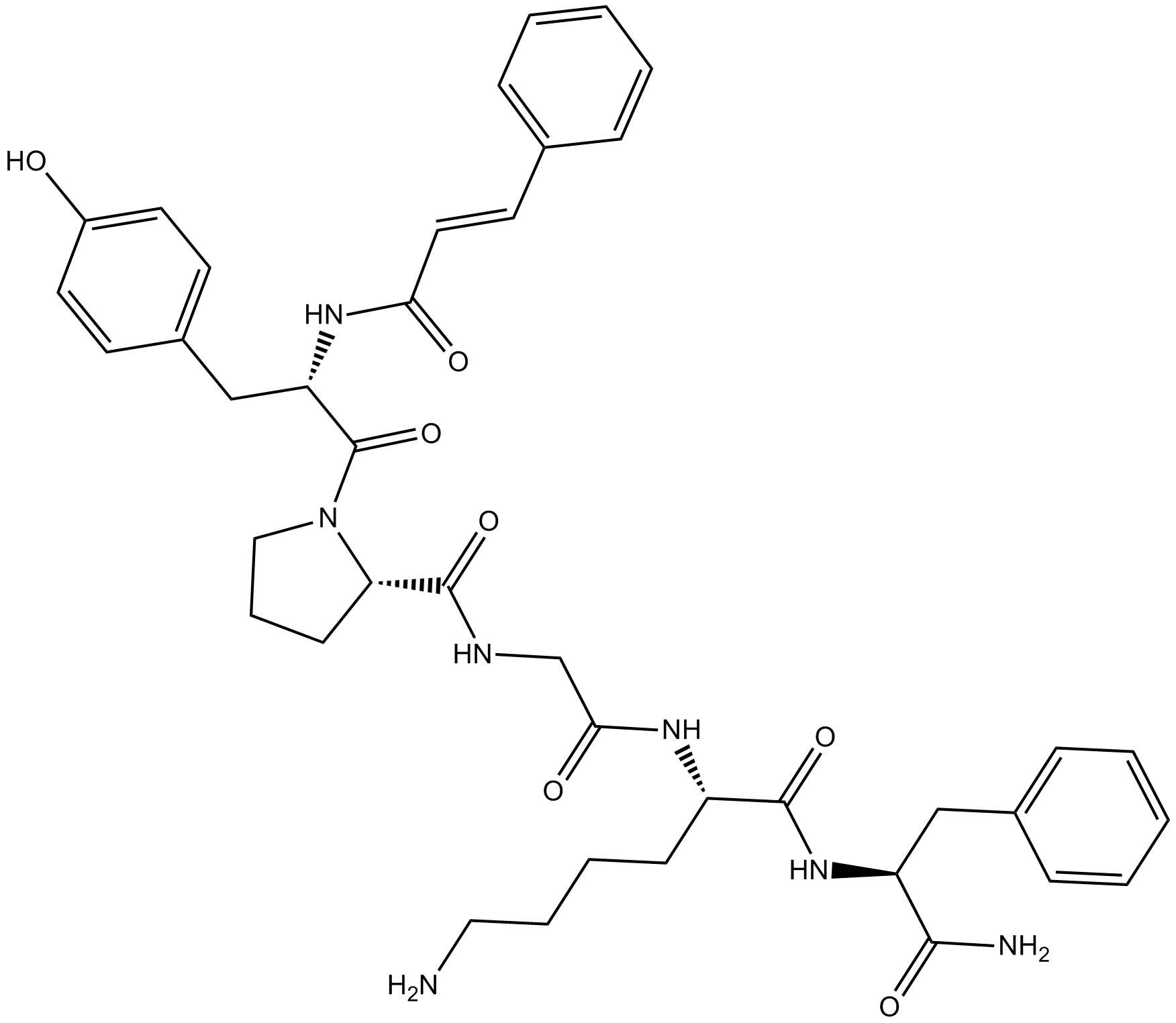 B5123 tcY-NH2Summary: Selective PAR4 antagonist peptide
B5123 tcY-NH2Summary: Selective PAR4 antagonist peptide -
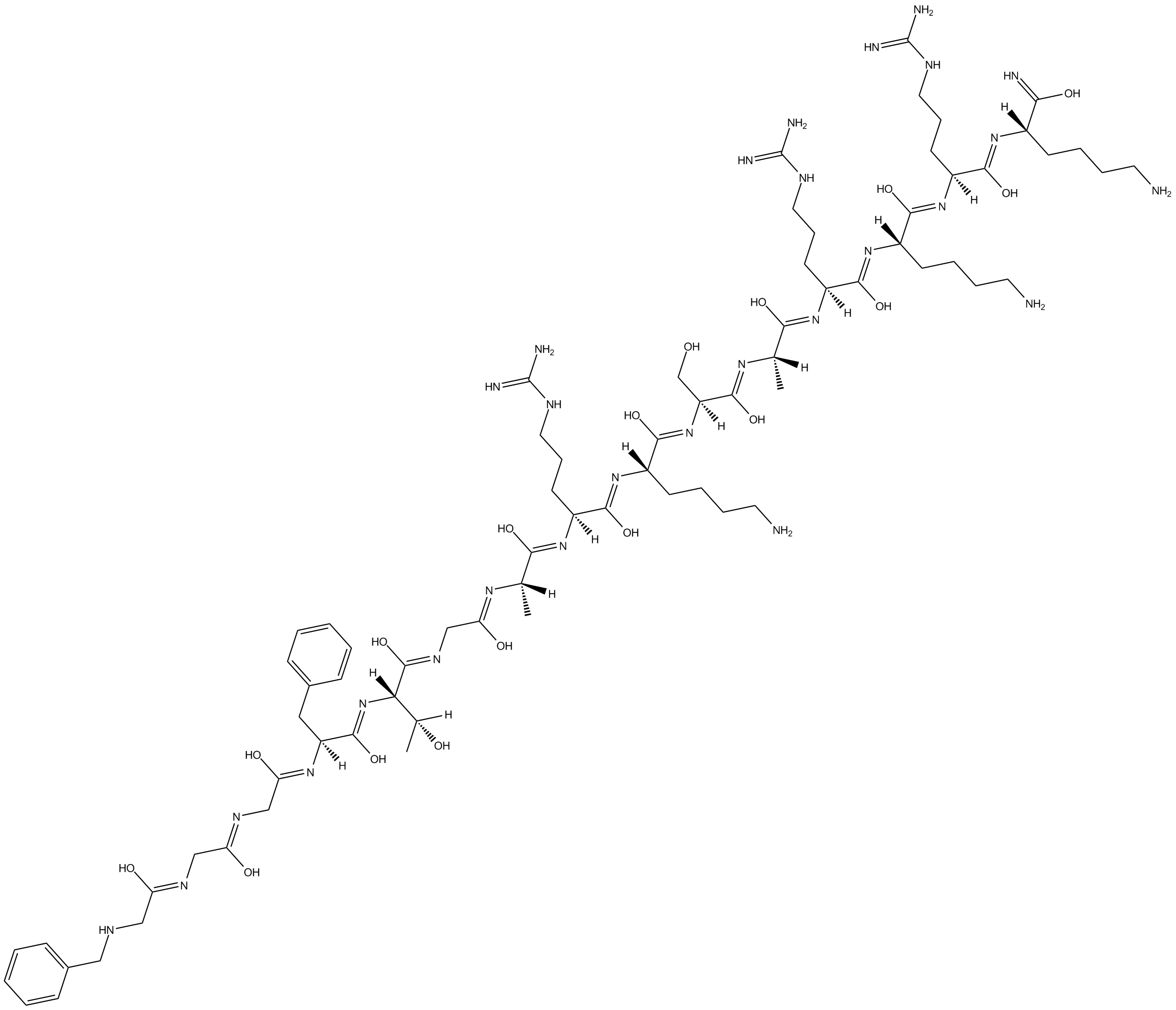 B5128 UFP-101Summary: selective and competitive silent antagonist for the NOP opioid receptor
B5128 UFP-101Summary: selective and competitive silent antagonist for the NOP opioid receptor -
![[(pF)Phe4]Nociceptin(1-13)NH2](/pub/media/prod_images/b/5/b5131.png) B5131 [(pF)Phe4]Nociceptin(1-13)NH2Summary: nociceptin/orphanin FQ receptor (OP4) agonist peptide
B5131 [(pF)Phe4]Nociceptin(1-13)NH2Summary: nociceptin/orphanin FQ receptor (OP4) agonist peptide

